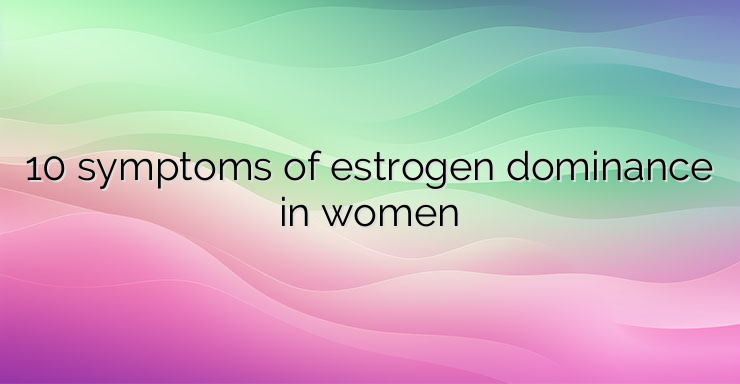Estrogens and progesterone are the main female sex hormones, the formation of which takes place in the ovaries, and their precursor is pregnenolone. Progesterone formation occurs through the direct conversion of pregnenolone, while estrogens are formed through several sequential conversions. The ratio between estrogens and progesterone is extremely important for the normal functioning of the female organism, the normal monthly cycle and fertility, for maintaining the good condition of the musculoskeletal and cardiovascular systems, etc. There are three main forms of estrogen: estrone (E1), estradiol (E2) and estriol (E3). The main form of estrogen active during the reproductive years of women is estradiol. It is produced by a process called aromatization from testosterone and is responsible for the formation of secondary female genitalia and fertilizable eggs. Estriol is a major hormone during pregnancy, while estrone predominates during menopause and is formed not only in the ovaries, but also in muscle and fat tissue. Estrogen dominance is a condition in which estrogen levels are higher than normal or normal with low progesterone levels, which disrupts the ratio of estrogens to progesterone in favor of estrogens. Reasons for the development of estrogen dominance can be the intake of contraceptives, in which an additional amount of synthetic hormone is introduced into the body; the use of hormonal preparations in menopausal women and low progesterone levels. A cause of estrogen dominance is also the intake of xenoestrogens – substances similar in action to estrogens, which are found in food, drinks, personal care products, etc. There are some main symptoms that suggest the presence of a hormonal problem and estrogen dominance: 1. Change in the regularity and abundance of the menstrual cycle – irregular, heavy and abundant monthly cycles can be due to increased levels of estrogens in the female body. 2. Severe premenstrual syndrome – painful and tense breasts, abdominal swelling, uterine cramps, general malaise, nervousness, etc. 3. Obesity – especially in the thighs and hips. It is more typical for women in menopause, during which the formation of estrogens also begins to take place in the cells of adipose tissue – lipocytes. Losing weight can help balance your hormones. 4. Uterine fibroids – benign formations originating from the myometrium of the uterus. It is believed that estrogen dominance is among the main reasons for their occurrence. 5. Hashimoto’s autoimmune thyroiditis – estrogen dominance is considered one of the causes of the development of autoimmune diseases, including Hashimoto’s thyroiditis. High levels of estrogens are thought to stimulate the production of thyroid-stimulating hormone (TSH) and anti-thyroglobulin antibodies (TAT),thus putting the body into hypofunction and stimulating the autoimmune process. 6. Endometriosis – according to some theories, high levels of estrogens are the cause of endometriosis. 7. Ovarian Cysts and Ovarian Cancer – Ovarian cancer can be estrogen-dependent, which is why such patients require bilateral oophorectomy leading to surgical menopause. Other estrogen-dependent forms of cancer are breast cancer and uterine cancer. 8. Impaired concentration, mood swings and sleep problems are another symptom of estrogen dominance. 9. Decreased Libido – Although decreased sex drive occurs primarily among women with low estrogen levels, women with high estrogen levels have also been found to have decreased libido. 10. Headache – frequent and severe headaches can be due to imbalanced levels of estrogens and progesterone. Estrogen dominance is a condition that can be corrected through appropriate therapy prescribed by a specialist, combined with a proper diet to support the detoxification process.


Leave a Reply